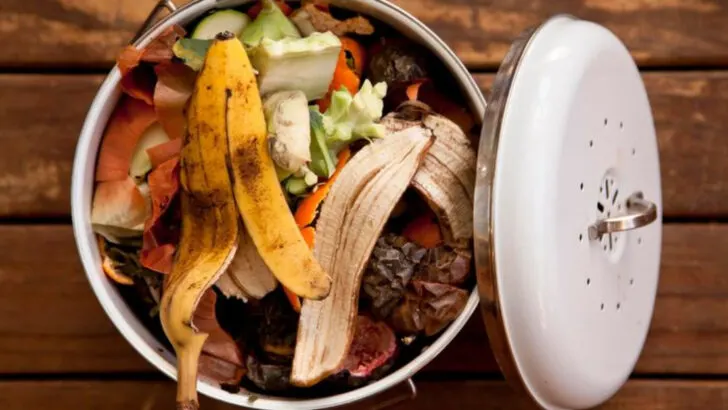A thriving compost pile is one of the best gifts you can give your garden—but when it starts to smell bad, it can quickly go from eco-friendly to unbearable. That sour, rotten, or ammonia-like odor is usually a sign that something’s off balance. The good news? You don’t need to reach for chemicals or start over from scratch.
Most compost odors can be solved with a few simple, natural adjustments—like tweaking your green-to-brown ratio, boosting aeration, or adding unexpected ingredients like cardboard or dry leaves. These organic fixes restore the balance of microbes and moisture, helping your pile return to that earthy, sweet smell it’s supposed to have.
In this article, we’ll break down 11 proven solutions for smelly compost that actually work—without harming your soil, your plants, or the planet. If your pile has been more of a stench zone than a soil builder lately, these tips will help you get it back on track, naturally and effectively.
Maintain Proper Balance
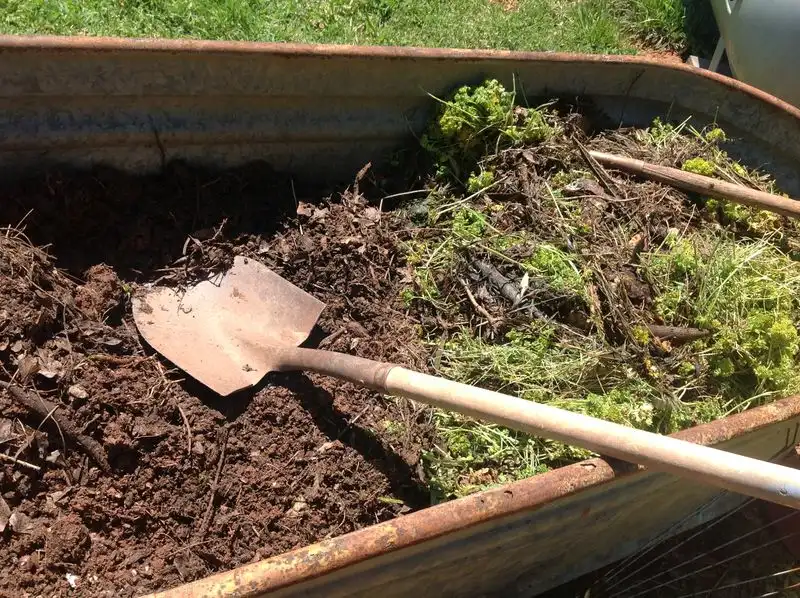
Balancing green and brown materials is crucial for a fresh-smelling compost. Greens, like vegetable scraps, provide nitrogen, while browns, such as dried leaves, offer carbon. An imbalance can lead to unpleasant odors. Aim for a 1:3 ratio of greens to browns to optimize decomposition.
Properly mixed ingredients ensure the compost doesn’t become too wet or dry. Regularly turning the pile helps aerate and mix materials evenly. The right balance supports the growth of beneficial microbes, preventing anaerobic conditions that cause bad smells. Experimenting to find what works best for your compost setup can be rewarding.
Aerate Regularly
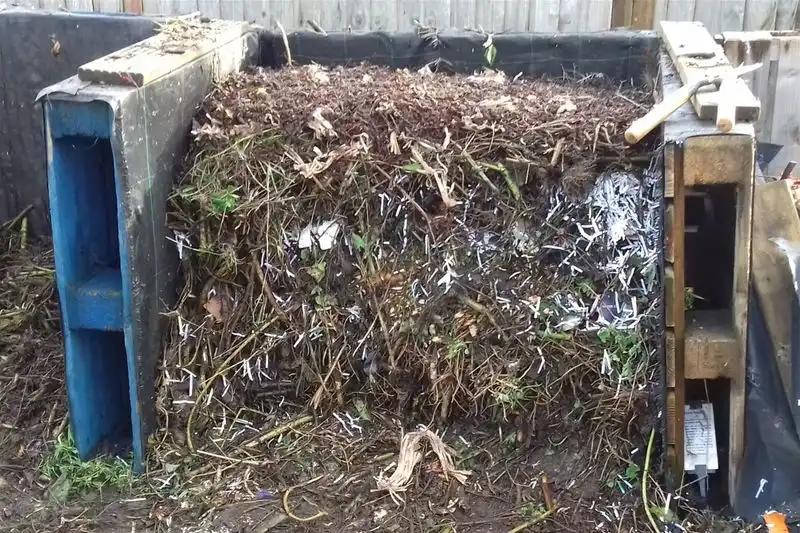
Regularly turning your compost pile introduces oxygen, a key ingredient for decomposition. Without it, the pile may become compacted, leading to anaerobic conditions and foul smells.
Aeration helps distribute moisture evenly, preventing soggy spots that harbor bad odors. It also speeds up the composting process, resulting in rich, earthy compost faster. Consider using a pitchfork or specialized compost aerator tool for best results. Keeping a consistent schedule, such as weekly turning, can make a significant difference in maintaining freshness. The rhythmic process of turning becomes an enjoyable garden ritual over time.
Control Moisture Levels
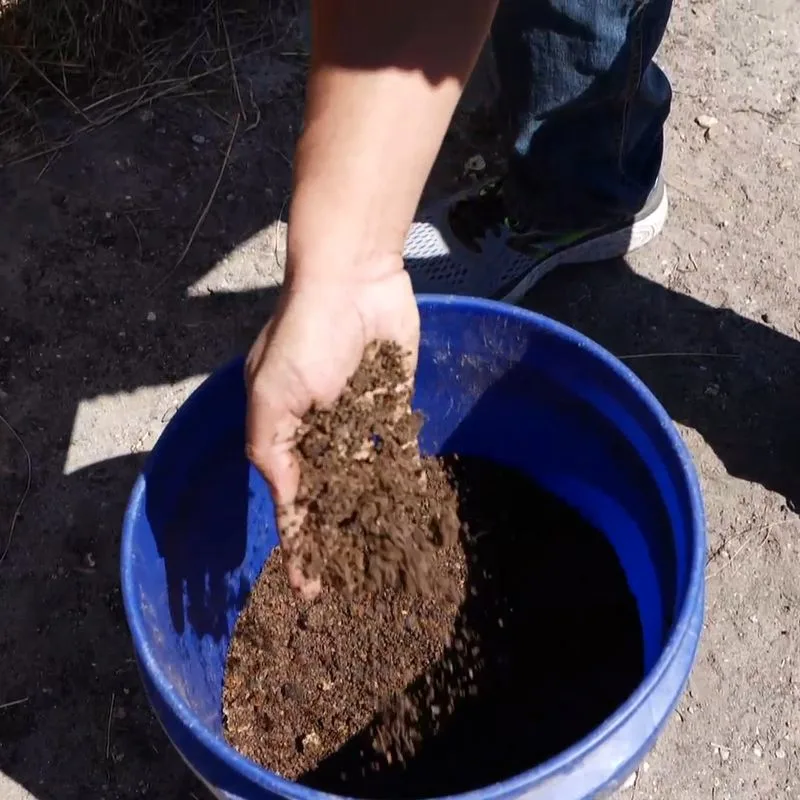
Excess moisture in your compost can lead to a smelly pile. Conversely, a too-dry pile won’t decompose efficiently. Finding the right moisture balance is key.
Imagine a wrung-out sponge; that’s the texture you’re aiming for. If it’s too wet, add more brown materials like straw or cardboard. If dry, sprinkle some water while turning the pile. Regular checks with a moisture meter can help maintain the optimal level. This small adjustment can transform your composting experience, leading to a more effective and odor-free process.
Add Layers Strategically
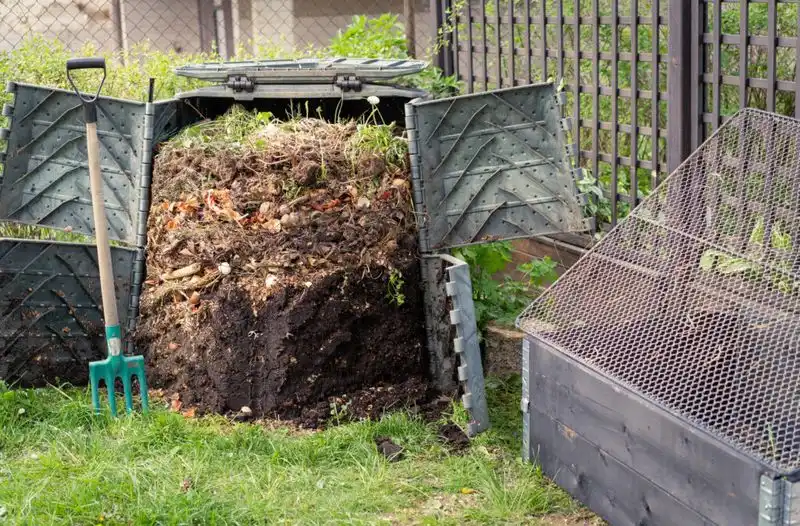
Layering your compost materials isn’t just about aesthetics—it’s a strategic move to control smell. Start with a base of coarse materials like twigs to improve drainage and airflow.
Alternate between green and brown layers to maintain balance. Each addition of kitchen scraps should be covered with a layer of dry leaves or shredded paper. This helps absorb excess moisture and contains odors. Proper layering ensures that materials decompose evenly, minimizing anaerobic spots that can lead to strong odors. This method is like crafting a lasagna, each layer playing its part in the perfect recipe.
Monitor Temperature

Temperature is a key indicator of a healthy compost pile and can signal when something’s off. A properly heating pile should reach between 135-160°F, killing pathogens while speeding up decomposition.
If the temperature drops, it might indicate an imbalance or lack of oxygen. Use a compost thermometer to regularly check, adjusting materials or aerating as needed. A well-managed temperature can prevent unpleasant odors by avoiding sluggish decomposition. This scientific approach offers an insight into the inner workings of your compost, turning the process into a fascinating experiment.
Avoid Meat and Dairy
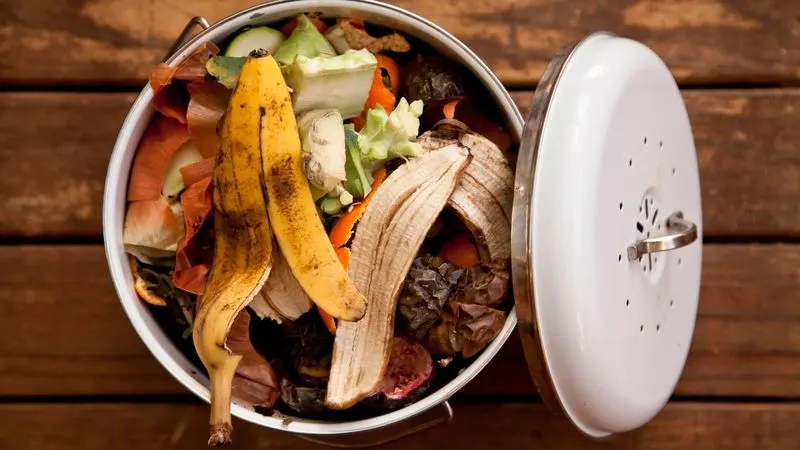
Meat and dairy products are notorious for causing unpleasant smells in compost. They decompose anaerobically, attracting pests and generating strong odors.
Keep your compost vegetarian! Stick to plant-based kitchen scraps and avoid animal products. This not only keeps the environment fresher but also simplifies the composting process. By excluding these items, you maintain a balance that’s easier to manage. The absence of these materials not only keeps smells at bay but also ensures a cleaner, more manageable compost pile that integrates seamlessly into your gardening routine.
Use Natural Odor Absorbers
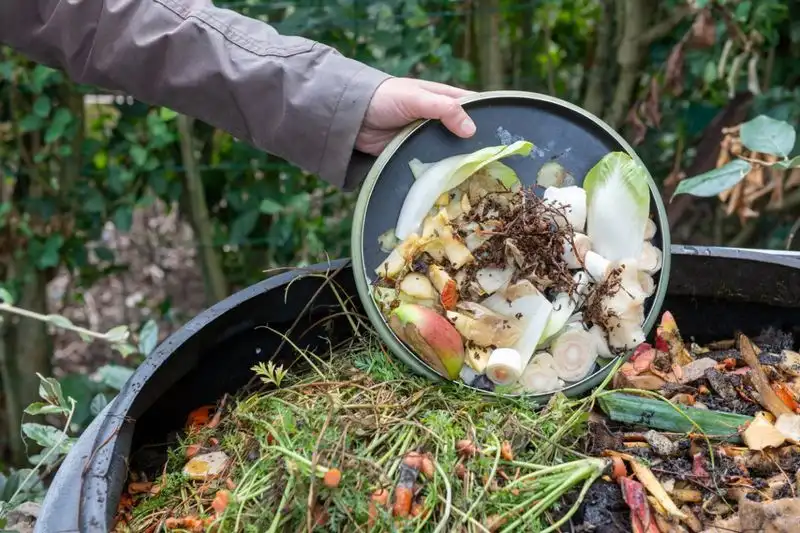
Nature offers its own deodorizers for your compost pile. Items like crushed egg shells, coffee grounds, and garden lime can neutralize odors effectively.
These additives help balance pH and absorb excess moisture, two contributors to unpleasant smells. Adding them regularly can keep your compost smelling earthy. They enhance the microbial activity that breaks down organic matter efficiently. Integrating these natural absorbers into your routine is a simple yet impactful way to maintain a fresh compost environment without relying on chemicals. It’s a small step with a big odor-fighting payoff.
Cover with Carbon-Rich Materials
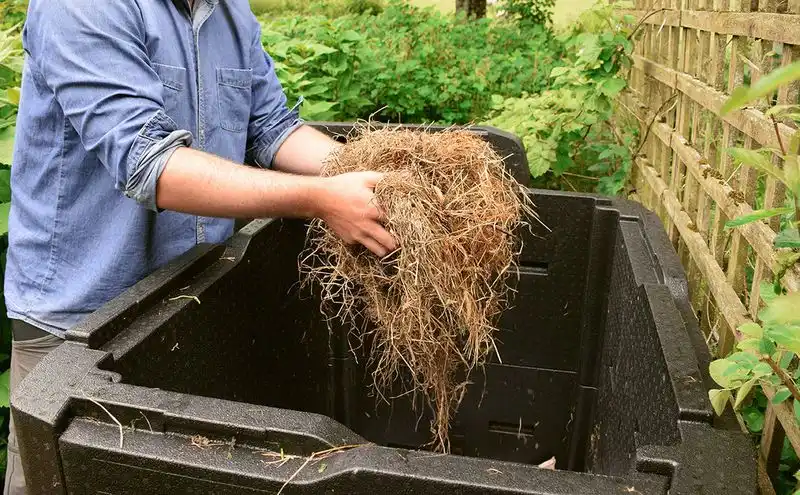
Sometimes, the solution to odor control is as simple as a cover-up. Topping your compost with carbon-rich materials like straw, sawdust, or dried leaves helps mask and absorb smells.
These materials also aid in maintaining the moisture balance and provide food for decomposing microbes. The cover acts as a natural filter, reducing the chance of attracting pests. For the best results, apply a layer of carbon-rich material after adding fresh scraps. This method not only controls odor but also contributes to a healthier composting process overall, making your compost pile a garden-friendly addition.
Chop Materials Beforehand
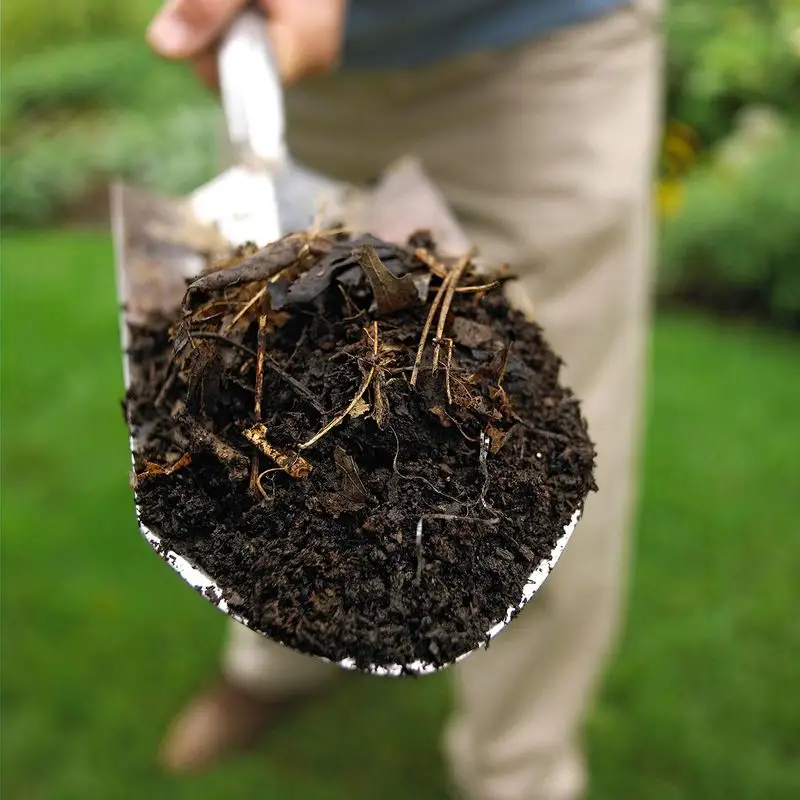
Chopping or shredding materials before adding them to your compost can significantly reduce smells. Smaller pieces decompose faster, minimizing the chance of odor-causing anaerobic pockets.
This simple prep step increases the surface area for microbes to work on, speeding up the overall process. Whether it’s kitchen scraps or garden waste, breaking them down into smaller bits can make a big difference. The quicker decomposition results in a fresher pile, and the effort involved can be meditative, connecting you with the cycle of growth and decay in nature.
Introduce Red Worms
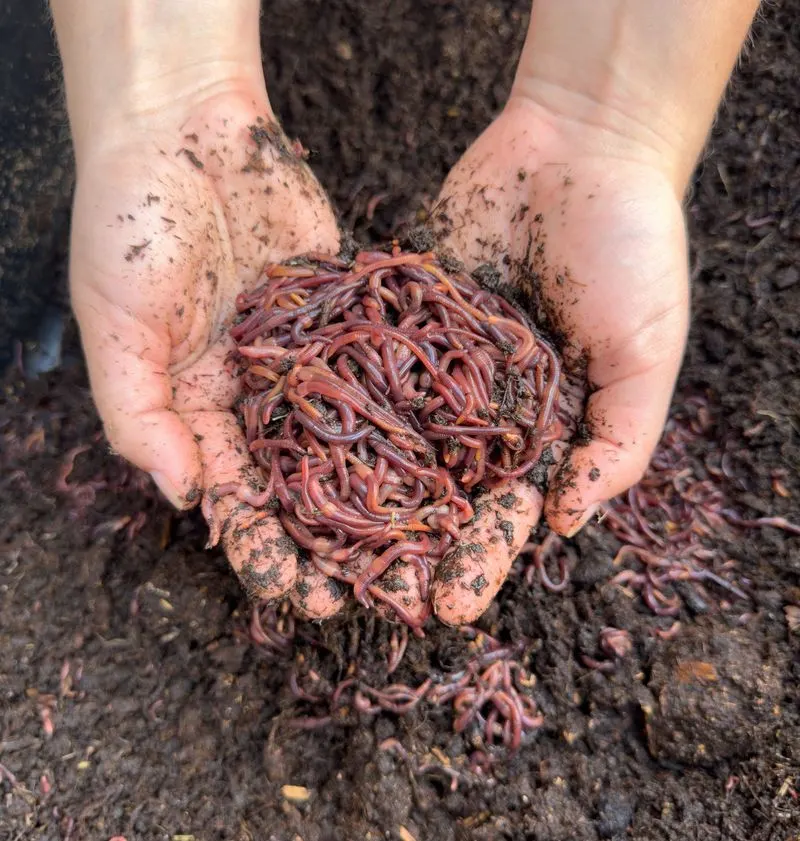
Red worms, or Eisenia fetida, are nature’s composting champions. Introducing them to your pile can significantly reduce odors by consuming organic material quickly and efficiently.
These worms thrive in a well-maintained compost environment, breaking down matter and aerating the pile. Their presence speeds up decomposition and reduces the chances of anaerobic conditions. Watching these small creatures at work is fascinating and educational, offering a glimpse into the natural recycling process. Their contribution turns composting into a dynamic ecosystem, enhancing both the efficiency and enjoyment of managing your compost.
Keep a Lid on It
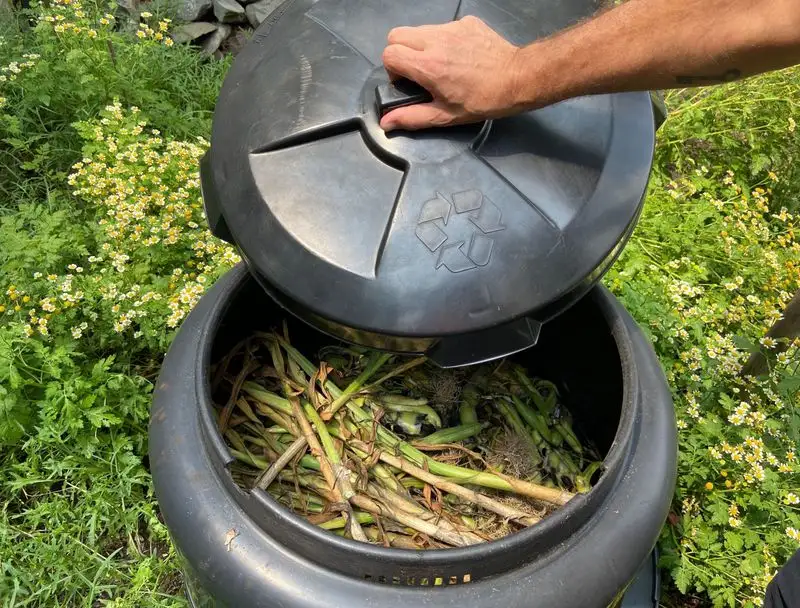
While not all compost piles require a lid, covering your bin can control odors effectively. A lid helps regulate moisture levels, keeping rain out and retaining heat.
It also prevents pests from accessing the pile, reducing one common source of smell. If using a lid, ensure there’s still adequate airflow to prevent anaerobic conditions. This simple addition transforms your compost setup into a more controlled environment, offering peace of mind and a fresher garden area. The lid acts as a barrier, maintaining the delicate balance your compost needs to thrive.

